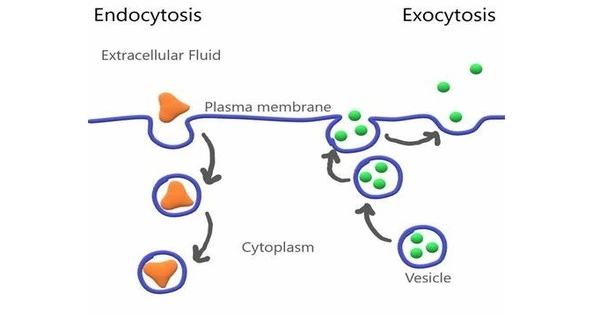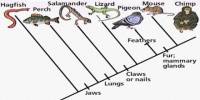Trans-endocytosis is the biological process by which material produced in one cell is endocytosed (enters) into another cell. If the material is large enough, this can be seen with an electron microscope. Time-lapse microscopy has revealed trans-endocytosis from neurons to glia.
Endocytosis is the process by which cells absorb molecules or particles by engulfing them. This process is critical for a variety of cellular functions, including nutrient uptake, signal transduction, and membrane protein regulation. Endocytosis can be classified into several types, including phagocytosis and pinocytosis. This process is critical for nutrient uptake, waste removal, and cell signaling. There are various forms of endocytosis, including phagocytosis, pinocytosis, and receptor-mediated endocytosis.
- Endocytosis: Endocytosis is a cellular process in which cells engulf external materials by enclosing them in a vesicle. There are several types of endocytosis, including phagocytosis (cellular “eating”) and pinocytosis (cellular “drinking”). These processes are essential for nutrient uptake, immune response, and the regulation of signaling molecules.
- Transcytosis: Transcytosis is the movement of macromolecules from one side of a cell to the other. This can be important in a variety of physiological processes, such as the movement of substances across epithelial barriers like the intestinal lining or the blood-brain barrier.
Molecules are also subject to trans-endocytosis. This process is involved, for example, when a portion of the protein Notch is cleaved off and enters a neighboring cell via endocytosis. There would be too many neurons in a developing embryo if Notch trans-endocytosis did not occur. When the protein ephrin is bound by its receptor from a neighboring cell, trans-endocytosis is also involved in cell movement.
















